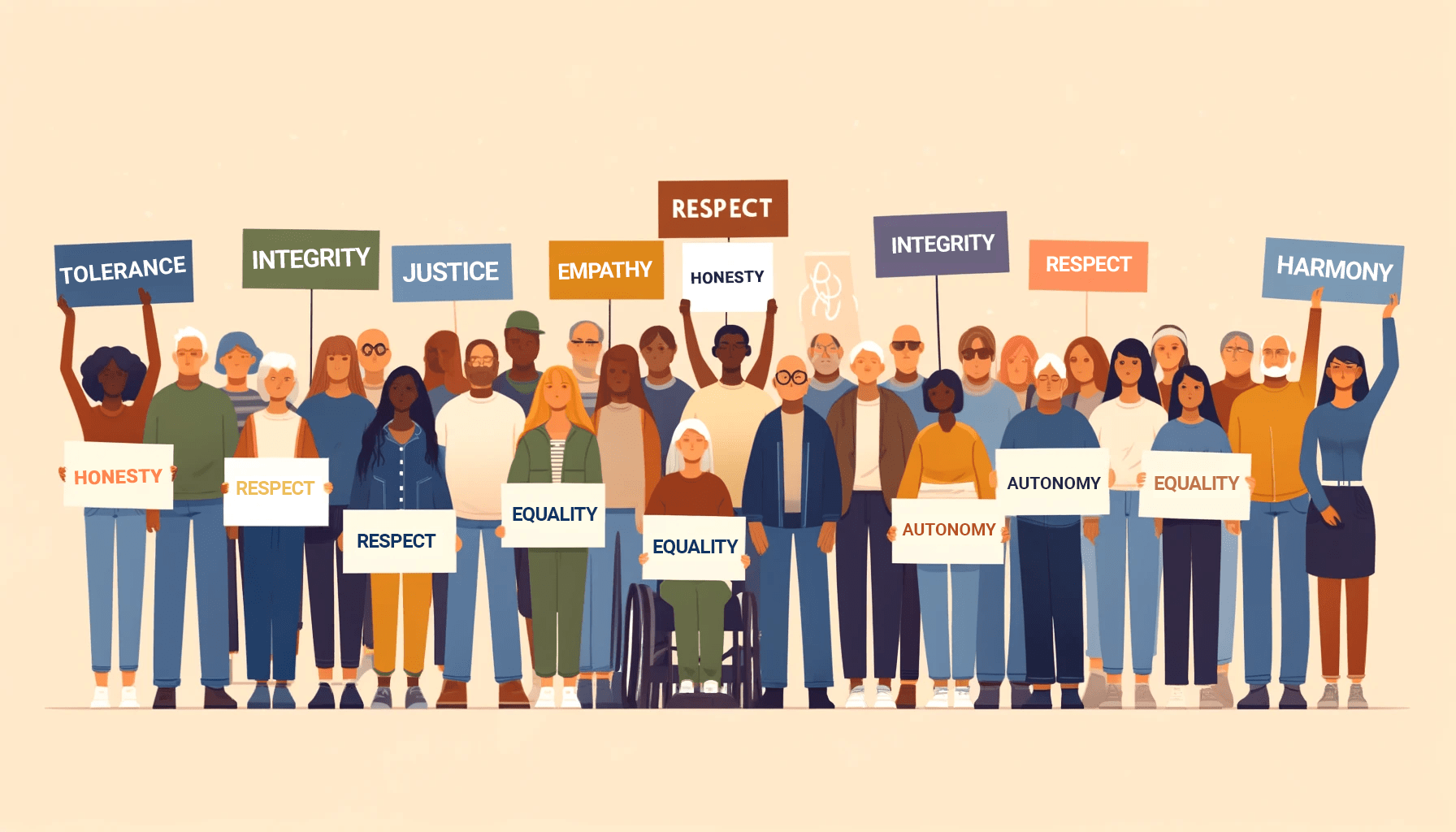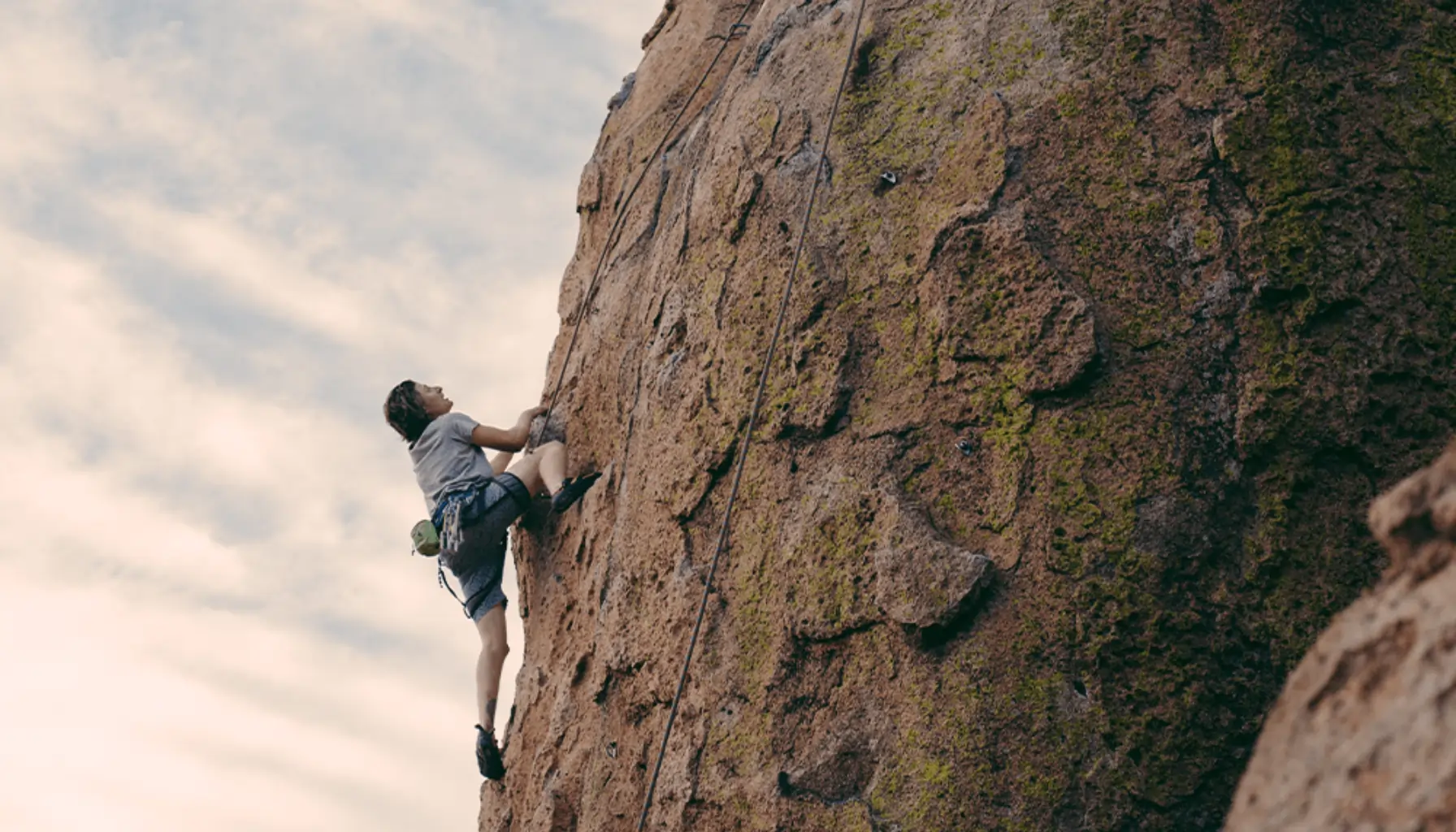Language is a powerful tool; it can inspire, comfort, and unite, but it can also oppress, demean, and divide. For the disability community, language plays a crucial role in the fight for inclusivity. It is especially significant in shaping public perception and personal identity.] In a society where words reflect and sometimes dictate our collective beliefs and behaviours, the careful selection of terminology is paramount. Yet, all too often, disability is discussed in a way that is euphemistic, reducing complex human experiences to seemingly innocuous terms.
In this exploration, we unpeel the layers of euphemistic disability language to reveal how certain phrasings can not only be misleading but also detrimental to the rights and dignity of disabled individuals. We will also highlight the importance of person-first language, focusing on the individual rather than their condition, and we provide practical advice for fostering more inclusive conversations. This is an important topic for disability advocates looking to effect meaningful change in the way society understands and treats those with disabilities.
The Problem with Euphemisms
Euphemisms are used to soften the impact of harsh truths, to make difficult subjects more palatable, or even to mask ignorance or fear. While the intentions behind euphemisms in the context of disability may sometimes be benign, the impact is often the opposite of what is intended. Euphemisms tend to strip away the raw narratives of disabled individuals, smudging the vivid reality of their experiences.
Disguising the Truth
One common way euphemistic language is employed in discussions of disability is through phrases like “differently abled” or “special needs.” The problem with these euphemisms is that they often disguise the truth and can be seen as a condescending attempt to avoid the word “disability”. By avoiding the direct use of disability-related terms, there is an implicit message that there is something inherently negative about being disabled, thus reinforcing the societal stigma around disability.
Minimizing the Impact
Many euphemisms in disability language work by attributing a condition as secondary, almost incidental. Phrases like “handicapable” or “challenged” redefine or minimize the disability’s real impact. However, they fail to recognize the daily hurdles and discrimination a person with a disability might face. These euphemisms may spring from a desire to inspire or uplift, but they often achieve the opposite effect of denying the lived realities of disabled individuals.
Examples of Harmful Euphemisms
To understand the full scope of the issue, it’s essential to examine specific euphemisms and their potential harm. Here are a few commonly used euphemisms and their effect on disabled individuals.
Special Needs
The term “special needs” is perhaps the archetypal euphemism used to describe disability. It implies a level of care and provision far beyond the ordinary, when in fact, disabled individuals often just require equal access and opportunity. This label can inadvertently infantilize adults with disabilities and create an unnecessary, patronizing framework for discussing disability issues.
Confined to a Wheelchair
The phrase “confined to a wheelchair” is particularly misleading. It implies that the wheelchair is a prison, rather than a life-enabling tool for mobility and freedom. A more accurate and respectful alternative would be to say someone “uses a wheelchair,” which acknowledges their autonomy and the value of their assistive device.
Handicapable
While it’s well-meaning, the term “handicapable” comes across as a forced amalgamation of “handicapped” and “capable.” It often does little more than confuse the message and may be seen as dismissive. The subtler implication here is that disabled individuals need to prove their capabilities, an unfair burden not placed upon non-disabled people.
The Power of Person-First Language
One of the most powerful tools in combating the dehumanizing effects of euphemistic disability language is person-first language. This linguistic construct places the individual before the disability, emphasizing that they are a person first and foremost, with their disability being just one aspect of their identity. By using person-first language, we acknowledge the individual’s humanity, which is a small yet significant step towards fostering a culture of inclusion and acceptance.
Putting the Person First
The simple shift from saying “disabled person” to “person with a disability” affirms the personhood of an individual. It signals that while the disability is part of their life, it is not the sole defining feature. This seemingly subtle adjustment in sentence structure has a profound impact on how the listener or reader perceives the person being described.
The Preferred Option
It’s important to note that not all disabled individuals prefer person-first language, and there is a growing movement towards the use of identity-first language (for example, “autistic person” rather than “person with autism”). However, the consensus within the advocacy community and many professional organizations is that person-first language is generally the preferred option. It respects the diversity of individual preferences while maintaining a standard of inclusivity within broader discourse.
Advocating for Inclusive Language
In our everyday interactions and formal communications, using inclusive language is a practice that benefits everyone. It shows respect for the multitude of ways in which people identify themselves and their experiences. To continually advocate for and promote inclusivity in language, we can adopt specific strategies.
Be Mindful and Open
The first step towards adopting inclusive language is to be mindful of our word choices. We should constantly question whether a particular term genuinely reflects the dignity of the individual it describes. Being open to feedback and learning from the preferences of the community is also crucial.
Educate and Encourage Others
Using inclusive language is not a solo act but a community endeavour. Educating others about the impact of language and encouraging them to be more mindful can create a ripple effect. Similarly, praising instances where inclusive language is used can help reinforce positive behaviours.
Engage with Media Outlets
Media has an outsized influence on shaping societal attitudes. By engaging with media outlets and encouraging them to use inclusive language in their reporting and storytelling, we can ensure that thousands, if not millions, of individuals benefit from a more respectful and accurate portrayal of disability.
Conclusion
The language we use is a reflection of our values and our willingness to respect and include all individuals in society. By analyzing the impact of euphemisms in our discussions of people with disabilities and championing the use of person-first language, we are taking critical steps towards a more inclusive world for those living with disabilities. This is not merely an exercise in political correctness; it is about recognizing the inherent worth and richness of every life, regardless of their unique challenges. As a society, we, must advocate for language that uplifts, honours, and includes, not one that diminishes or divides.
In the ongoing dialogue about disability, the call to action for all of us is to listen, adapt, and speak with mindfulness. Our ability to use language with care and intentionality shapes the world we live in. By shaping our rhetoric to align with the principles of respect and equality, we pave the way for a society that values every human being, disability included, in their full complexity and magnificence.







